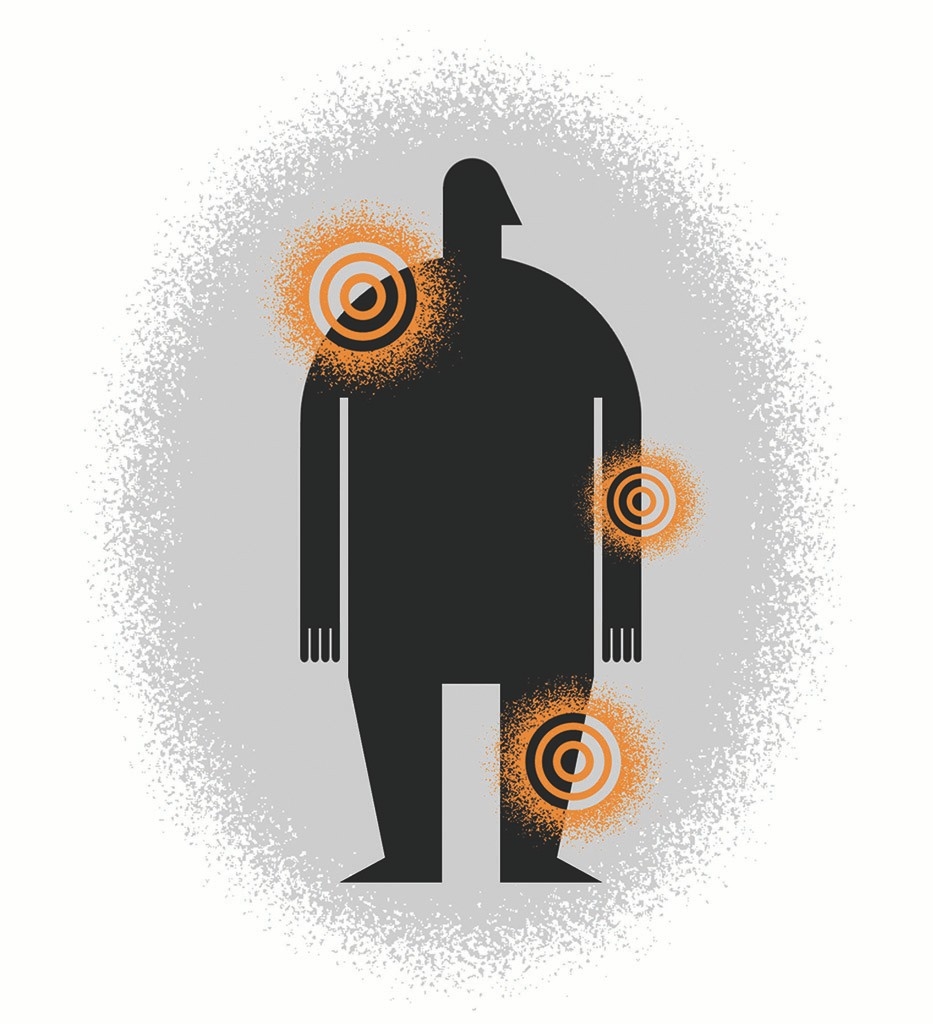Those aching bones

Being short might have been an advantage for early humans as they migrated from Africa to colder northern climates, but it could also be the reason arthritis is so prevalent today, according to developmental biology professor David Kingsley , PhD.
The very genetic variant that helped protect humans from such dangers as frostbite and broken bones by reducing bone length, also left them at greater risk of osteoarthritis, Kingsley points out.
He says geographic patterns suggest that animals adapt to colder temperatures and are better able to conserve body heat with more compact, round bodies and short appendages.
Similarly, research shows a link between the length of the neck of the femur bone and the likelihood of a hip fracture, making short bones less prone to fractures.
Research by Kingsley and colleagues at the School of Medicine and at Harvard University shows that although at least half of Europeans and Asians harbor the genetic variant linked to osteoarthritis, a painful joint disease that afflicts millions of people, the variant is relatively rare in African populations.
“Many people think of osteoarthritis as a kind of wear-and-tear disease, but there’s clearly a genetic component at work here as well,” says Kingsley, senior author of a study describing the research, published online July 3, 2017, in Nature Genetics.
